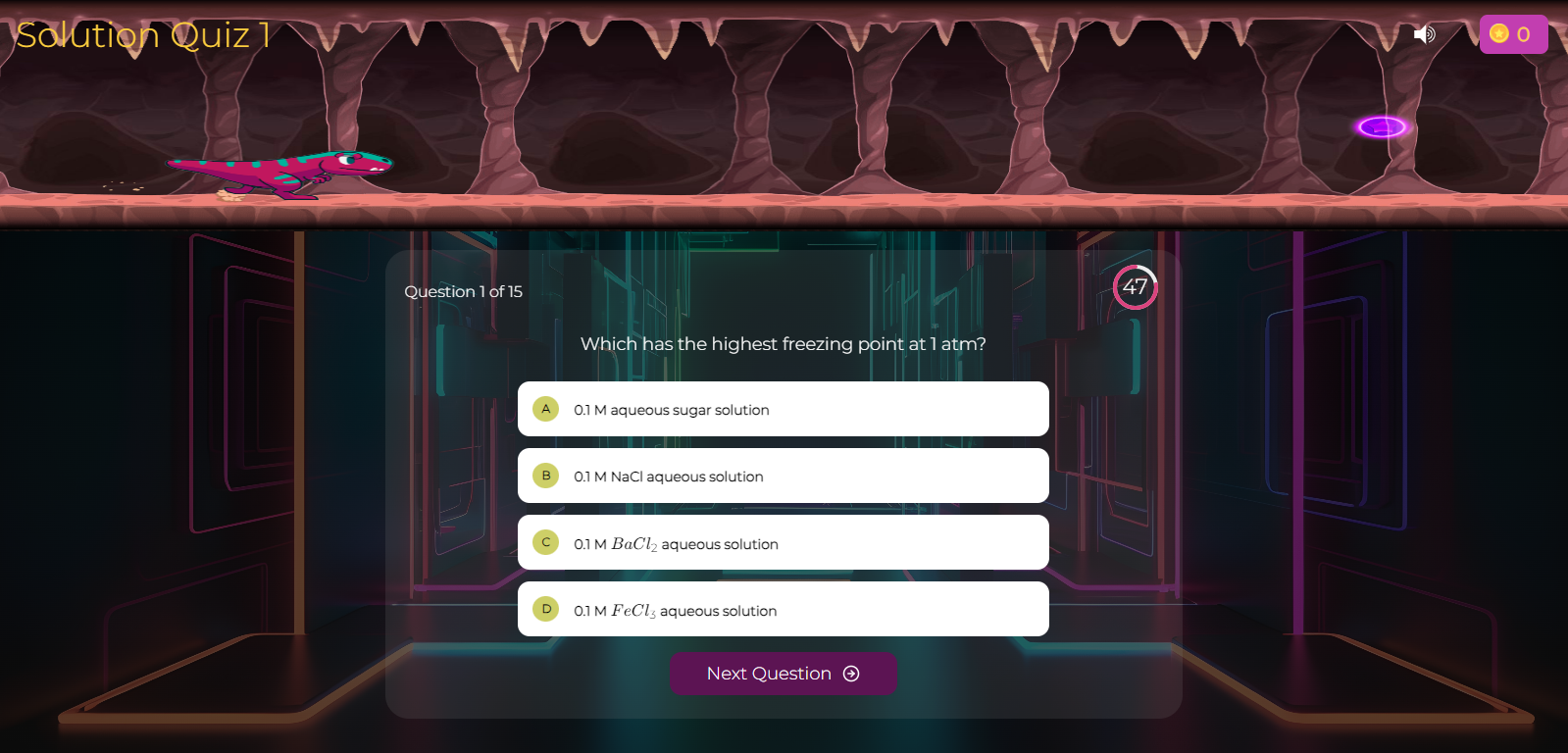
Oscillations Quiz-2
Popular Questions In Oscillations Quiz-2
The equation of a wave is where displacement is in cm and time is in second. At a given time the phase angle, between two particle that are 12 cm apart is
A transverse wave is represent by the equation The maximum particle velocity would be two times the wave velocity, if equals
The equation of a plane progressive wave is If maximum velocity of medium particles, and the velocity of wave, are equal to each other, the ratio would equal
In Melde’s experiment (on stationary waves) a string, passing over a smooth pulley, carries a stone at one end, while its other end is attached to a vibrating tuning fork. The string shows 8 loops. When the stone is immersed in water 10 loops are formed. The relative density, of the stone, is
Which of the following statements is correct for stationary waves?
The shortest length of a resonance tube, which resonates with a tuning fork of 256 Hz, is 32 cm. The corresponding length for a fork of frequency 384 Hz, is 20.8 cm. The end–correction, and velocity of sound in air, are equal, respectively, to
Velocity of sound in air is 320 m/s. A pipe closed at one end has a length of 1m. Neglecting end correction, the air column in the pipe can resonate for the sound of frequency
The velocity of sound, in air is 328 m/s. A pipe, closed at one end, and having a length of 1 m, and a diameter of 8 cm, can resoante for sounds of frequencies
An organ pipe , closed at one end and vibrating in its third harmonic mode, and another pipe , open at both ends, and vibrating in its fourth harmonic mode, are both in resonance with a given tuning fork. The ratio, of the length of , to that of , is
A source of sound, of (true) frequency 1122 Hz is moving with a velocity of 10 m/s towards a wall. An observer, at rest, is positioned between the source and the wall. The velocity of sound, in air, is 340 m/s. The frequency of beats, heard by this (stationary) observer, would be


